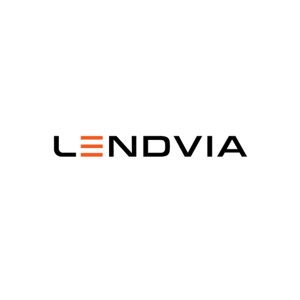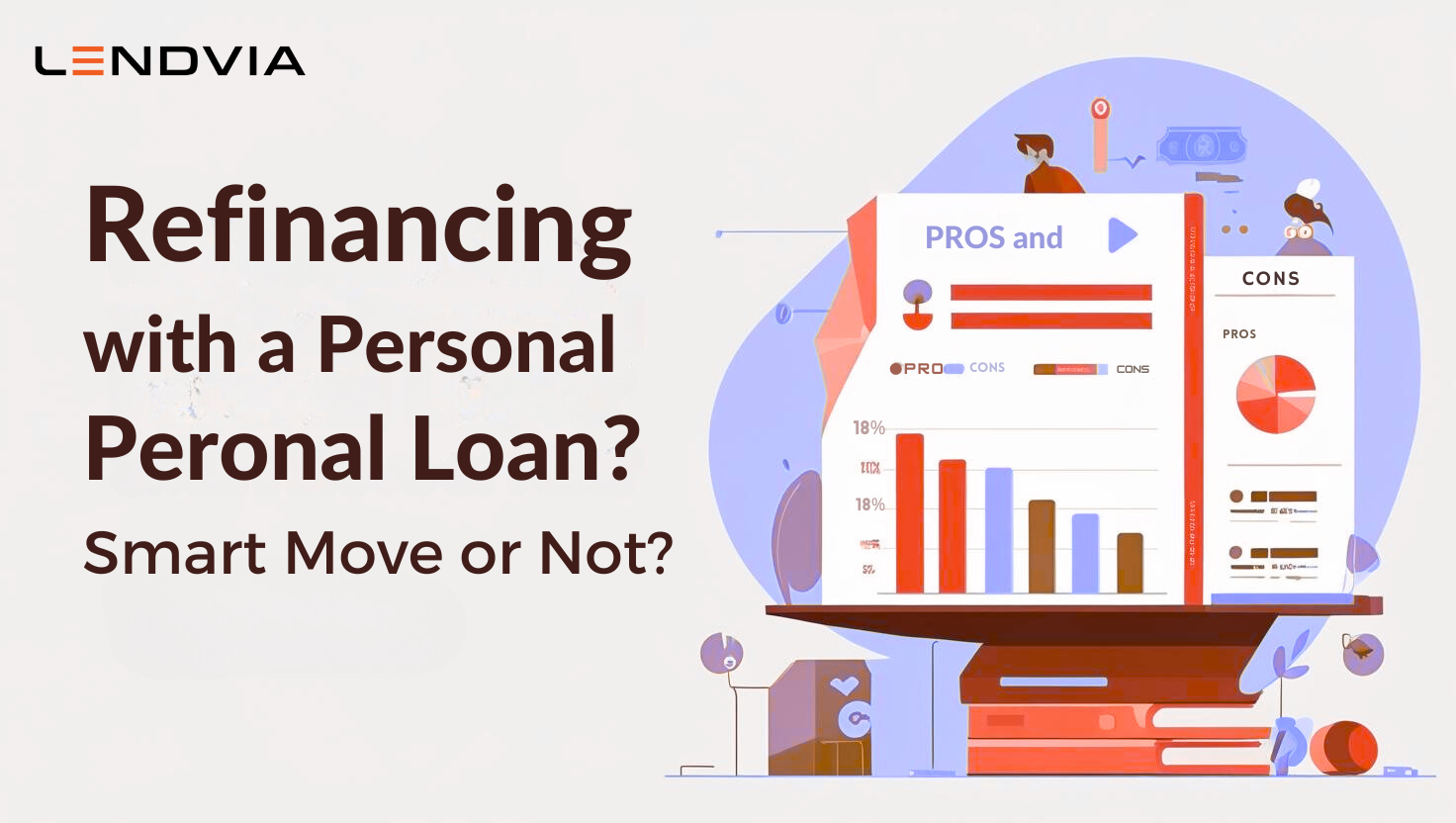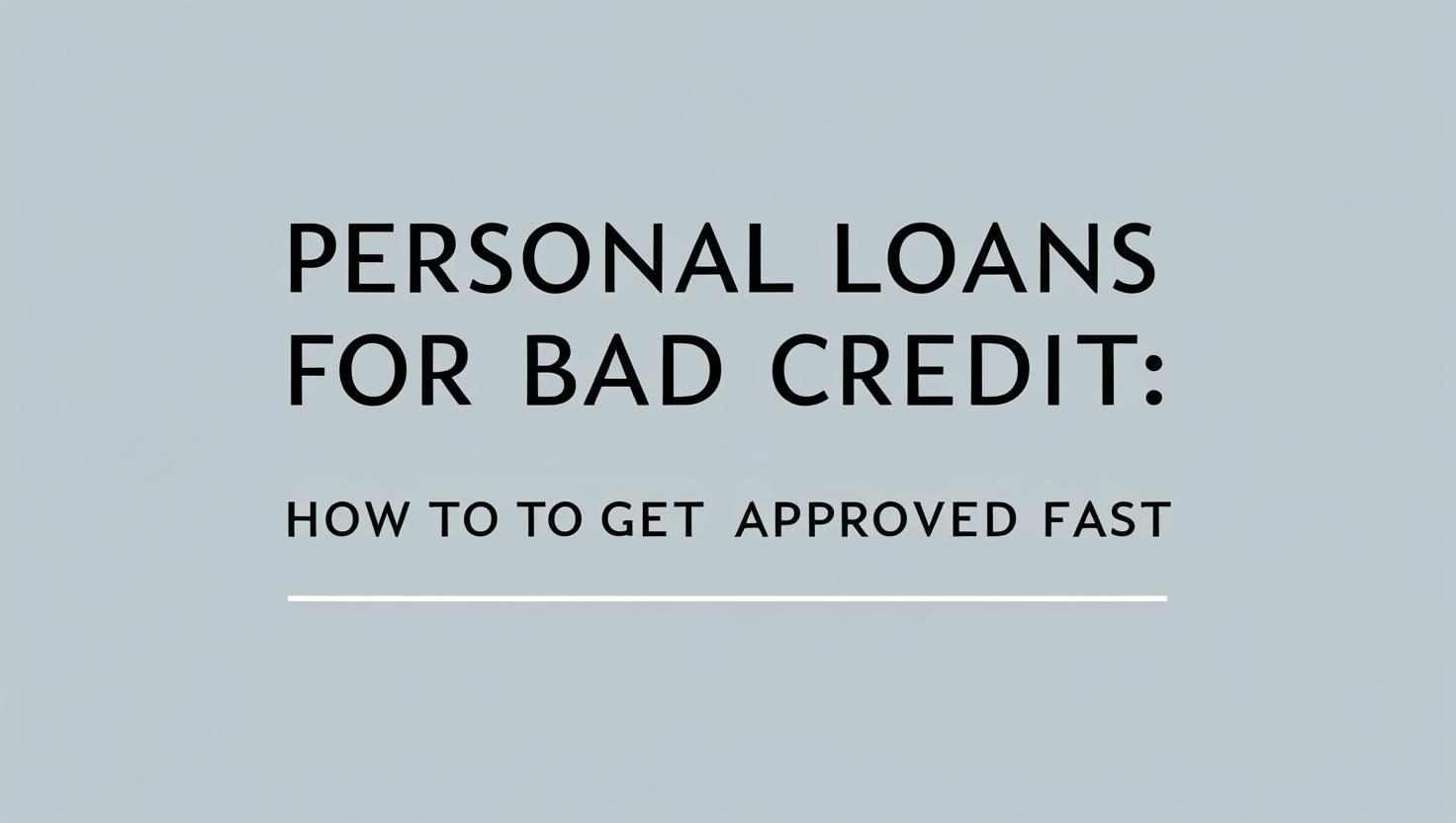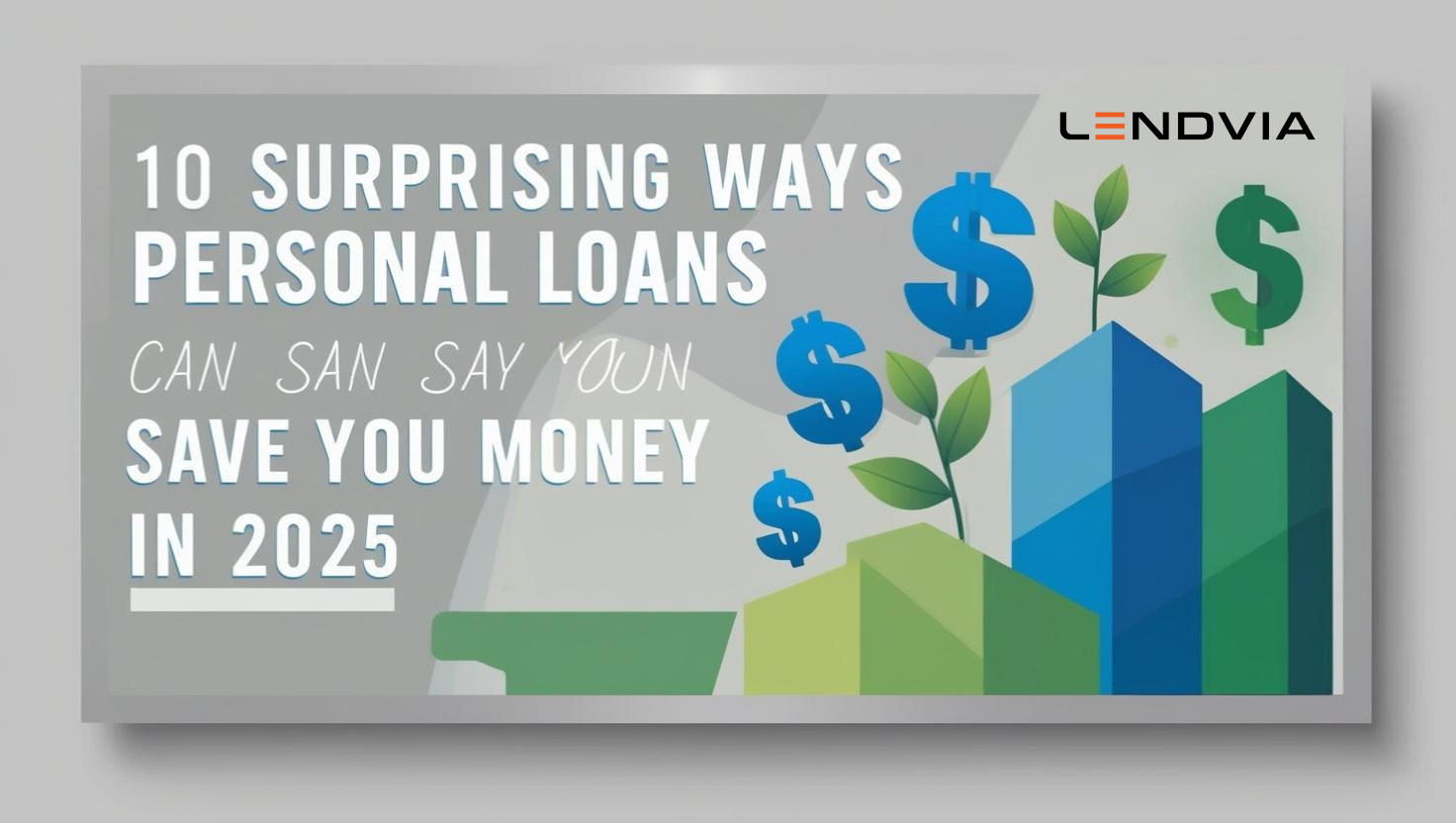
Home improvement projects can dramatically increase the comfort, aesthetics, and value of your property. Whether you're planning to remodel your kitchen, upgrade your bathroom, or add a new room, financing the project can be a major consideration. Home improvement loans offer a flexible and accessible option to fund these projects. In the United States, homeowners have several loan options tailored to varying needs, credit profiles, and budget sizes.
In this guide, we provide everything you need to know about home improvement loans in the USA, helping you make an informed financial decision for your next renovation project.
What Is a Home Improvement Loan?
A home improvement loan is a type of financing that allows homeowners to borrow money to renovate, remodel, or upgrade their homes. These loans are typically unsecured personal loans, but they can also be secured through home equity or government-backed options.
Types of Home Improvement Loans Available in the USA
1. Personal Loans for Home Improvement
Personal loans are a popular choice due to their speed and simplicity. These are unsecured loans, meaning you don’t need to put up your home as collateral. Borrowers with good credit can often secure competitive interest rates and flexible repayment terms.
Advantages of Personal Home Improvement Loans:
Quick approval and fund disbursal (often within 1–3 days)
No collateral required
Fixed interest rates and predictable monthly payments
Loan amounts range from $1,000 to $100,000
Ideal for:
Smaller to medium-sized renovations like bathroom remodels, appliance upgrades, or interior painting.
2. Home Equity Loans (HEL)
A Home Equity Loan lets you borrow against the equity you've built up in your home. This type of loan is secured, meaning your home is collateral.
Key Features:
Lump sum disbursal
Fixed interest rate
Typically lower rates than personal loans
Terms from 5 to 30 years
Best For:
Large-scale remodels such as room additions, full kitchen renovations, or structural improvements.
3. Home Equity Line of Credit (HELOC)
A HELOC is similar to a credit card, but it's secured by your home equity. You can borrow, repay, and borrow again as needed during the draw period.
Pros of HELOCs:
Flexible borrowing
Lower interest rates
Interest-only payments during the draw period
Keep in Mind:
HELOCs typically have variable interest rates, which can increase over time.
4. FHA Title I Property Improvement Loans
The Federal Housing Administration (FHA) insures Title I loans specifically for home improvements.
Benefits:
No home equity needed
Loan limits up to $25,000 for single-family homes
Fixed interest rates
Eligibility:
Good credit and proof of steady income. The property must have been occupied for at least 90 days.
5. Cash-Out Refinance
This option involves refinancing your mortgage for more than you currently owe, and taking the difference in cash.
Why Choose Cash-Out Refinancing?
Lower interest rates (compared to personal loans)
Longer repayment terms
Consolidates mortgage and renovation loan
Be Cautious:
You're increasing your mortgage debt, which could mean more interest over time and potential foreclosure risk.
Top Lenders Offering Home Improvement Loans in the USA
When selecting a lender, compare interest rates, fees, customer service, and loan terms. Some of the best lenders for home improvement loans in the USA include:
1. SoFi
APR starting at 8.99%
No fees
Loan amounts up to $100,000
2. Lendvia
Specializes in matching borrowers with flexible options
Quick pre-approval
Ideal for those with bad credit or average credit
3. LightStream (a division of Truist)
Rates as low as 7.49% APR
No fees or penalties
Same-day funding available
4. Wells Fargo
Offers both personal loans and HELOCs
Known for strong customer support and digital access
How to Qualify for a Home Improvement Loan
Your eligibility for a home improvement loan depends on several factors:
1. Credit Score
Good to excellent scores (680 and above) typically get the best rates
FHA loans offer flexibility for lower credit scores
2. Income & Employment History
Lenders prefer stable employment and income to ensure repayment ability.
3. Debt-to-Income (DTI) Ratio
Lower DTI (below 36%) improves your chances of approval.
4. Home Equity (for HEL/HELOC)
More equity means higher borrowing limits and lower rates.
Steps to Apply for a Home Improvement Loan
1. Assess Your Needs
Calculate how much money you need and the kind of renovation.
2. Check Your Credit Score
Know where you stand and correct any errors on your credit report.
3. Compare Loan Offers
Use tools from lenders like Lendvia or SoFi to prequalify without impacting your credit.
4. Gather Documentation
Typically includes ID, proof of income, mortgage details, and renovation estimates.
5. Apply and Accept Terms
Read the fine print before signing. Understand interest rates, terms, and fees.
Tips to Maximize the Value of Your Home Renovation
Prioritize ROI projects: kitchen remodels, bathroom updates, and curb appeal.
Get multiple contractor quotes
Stick to your budget to avoid over-leveraging
Use high-quality materials that last and reduce maintenance costs
Keep receipts and documents for tax benefits and resale value
Should You Get a Home Improvement Loan?
If you’re planning upgrades that will enhance your home’s value or functionality, and you don’t have enough savings to pay out-of-pocket, then a home improvement loan is a smart, strategic choice. From low-interest personal loans to equity-based borrowing, options abound to suit various financial situations.
Final Thoughts
Home improvement loans in the USA come in many forms, and the best one for you depends on your financial health, the scope of your project, and how quickly you need the funds. Whether you're fixing the roof or transforming your basement into a guest suite, financing the project wisely can ensure long-term satisfaction and increased property value.
Always compare lenders, evaluate the terms carefully, and choose the solution that aligns best with your goals and budget.





Write a comment ...